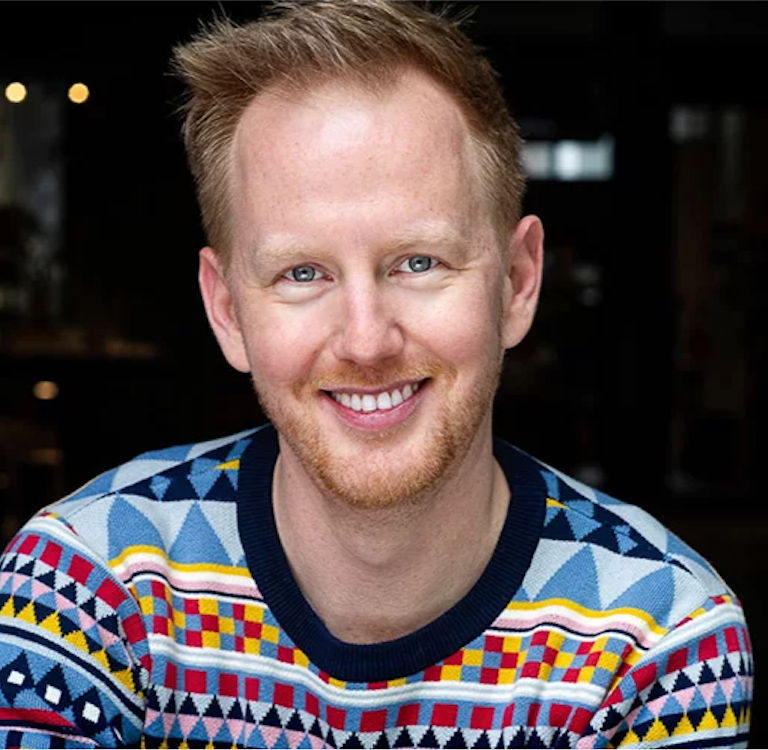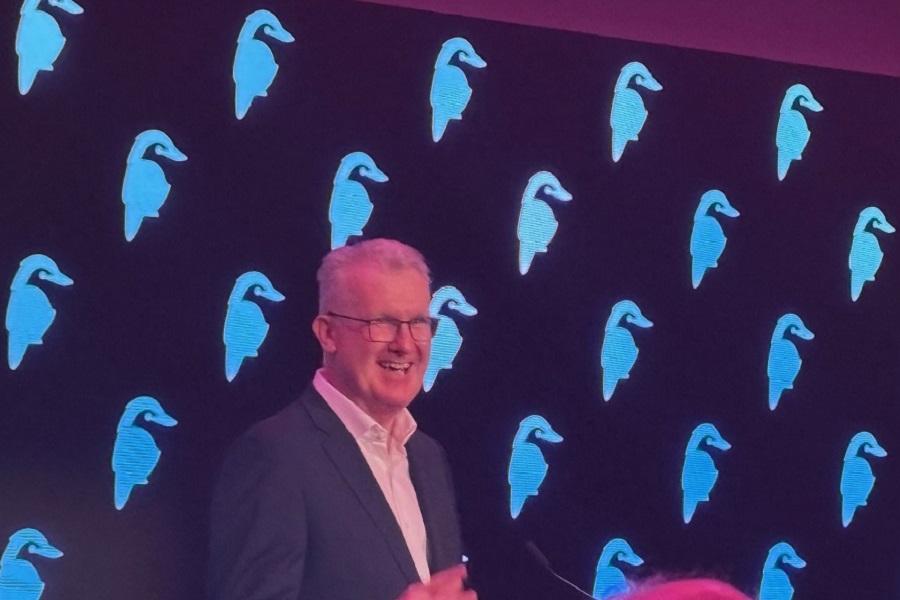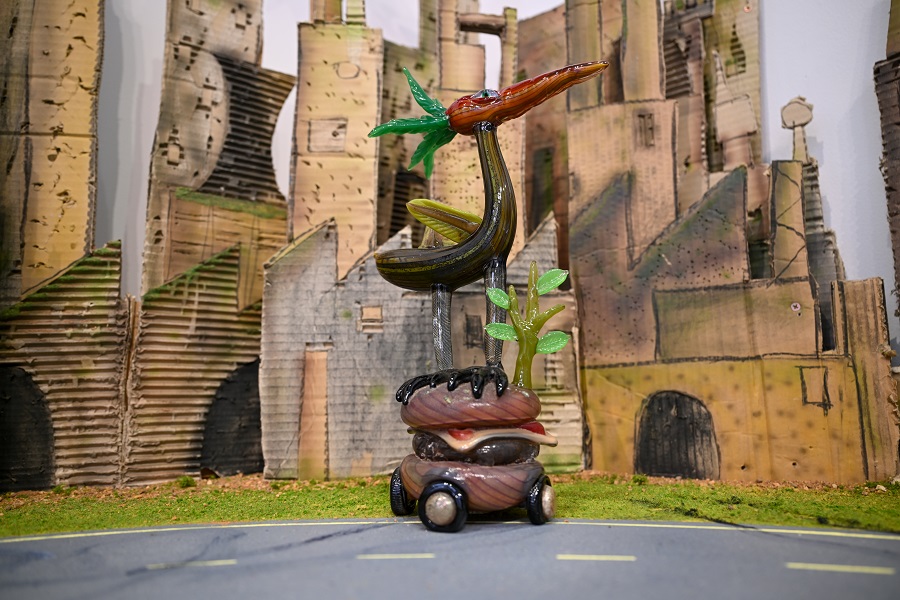WITH the hashtag #50yearsyoung, Canberra Youth Theatre celebrates its half century this year.
The year of fun begins with a revival of a famous Australian play about peer group pressure, “Dags,” and ends with a leap into the future through Kate Walder’s “Soul Trading,” set in 2079.
“Dags” is particularly heart to the hearts of Youth Theatre and its present director, Luke Rogers, because it was commissioned by the company from playwright Debra Oswald in 1984-5 and staged by them before going on to national and international fame.
It centres on 16-year-old Gillian, chocolate addict, misfit and takes a look at body image, so relevant that the 2022 cast can’t believe it was written in the ‘80s.
But Canberra Youth Theatre started well before that, emerging out of Canberra Children’s Theatre in 1972 under director Carol Woodrow – 50 years ago.
The original aim was to provide young people aged between six and 25 with the opportunity to find their own theatrical voices.
Under Woodrow, who stayed until 1979, the kids were encouraged to add their own dialogue, song and physical work with shows such as “The Rising Generation” in 1973, involving 100 young people aged between eight and 20.
“I never shy away from using classic texts with young performers, but I would be very careful about the way they use them so they become something of love and joy for the kids,” she said at the time.
Social events such as bush dances, barbecues and cricket matches were common, then in the ‘80s, no fewer than 50 plays were staged.
But a revolutionary spirit was in the air, so under directors John Oakley, Tim Mackay, Steve Payne, Gail Kelly and Amanda Field, the company officially aimed at getting kids to “discuss and evaluate themselves in relation to society.”
A promotional cartoon was released, signalling the idea of building a better world with freedom and justice, matched by group-devised works about people with disabilities, women in the media, teenage revolution and the agony of adolescence – that’s where “Dags” came in.
There was fun, too, with “The Adventures of the Super Space Pongs” in 1987, written and performed by seven to 11-year-olds under Monika Barone, now the CEO of the City of Sydney.
The 1990s, under director Roland Manderson and his colleague and successor Linda McHugh, saw a reach outward with a tour to Adelaide of “Gormenghast”, based on Mervyn Peake’s book, followed by a revamped version, which in 1993 took over the whole of Gorman House (get it? Gormen=Gorman) with a cast of hundreds.
The 2000s saw a return to group-devised plays, but present-day director Rogers has focused on professionalism, forming “Emerge”, a pre-professional company for 18-25s, and says his focus is on “intelligent and challenging theatre”. He’s also negotiated space with the Canberra Theatre Centre for the whole 2022 season.
Inevitably, Canberra Youth Theatre produced a crop of famous alumni, such as producer David Bates, the man behind The Famous Spiegeltent; Tim Ferguson, of Doug Anthony All-Stars fame and glamorous screen actress Samara Weaving.
The team of tutors and directors also included important figures such as Camilla Blunden and daredevil “Splinters” co-creator, the late David Branson.
Playwriting has always been central, with alumni such as Mary Rachel Brown, Tasnim Hossain and Liv Hewson going on to fame interstate.
Multiple prize-winning Queanbeyan writer Tommy Murphy had his first play staged by Canberra Youth Theatre in 1996 and Canberra’s Joanna Richards is currently working on a playwright’s commission.
“CityNews” theatre reviewer, Simone Penkethman, joined the company around 1978 then, after university, worked as musical director for “Animal Farm the Musical”, directed by Manderson at the new Street Theatre.
Penkethman went on to tutor drama classes and worked as a composer, musical director, director, company administrator and tutor until around 2007, and says: “One of the great joys of working with teenagers was supporting them to try new instruments, listen to each other, play together, and write their own songs.”
Pip Buining, who came in as director in around 2005, says she always felt she was a “custodian,” focusing on access and equity for young people of diverse backgrounds.
“It wasn’t about me, it was about the young people,” she says, proudly describing her 2007 production of “Comfort” at Gorman House, which she, artist Louise Morris and collaborators, took a whole year to develop and create with the kids.

Recent director Katie Cawthorne continued this practice of focusing on developing youth-devised plays, with a lot of physical theatre elements.
Youth Theatre members used to be a rambunctious lot, known for taking over parks and public spaces to perform, but Rogers is running a tight ship these days, with an emphasis on high production values.
“The ‘80s and ‘90s were synonymous with community theatre,” he says.
“While community is still very important, there’s been more of a shift to being valued and respected as a key company of the theatre sector.”
Even so, Rogers says they’re having a lot of fun with “Dags”, its music (think Icehouse and Cyndi Lauper) and its costume department, because ‘80s fashion is back and as they embark on the 50th birthday, everything old is new again.
“Dags”, Courtyard studio, April 9. Book at canberratheatrecentre.com.au
Details of the 2022 CYT season at canberrayouththeatre.com.au
Who can be trusted?
In a world of spin and confusion, there’s never been a more important time to support independent journalism in Canberra.
If you trust our work online and want to enforce the power of independent voices, I invite you to make a small contribution.
Every dollar of support is invested back into our journalism to help keep citynews.com.au strong and free.
Thank you,
Ian Meikle, editor



















Leave a Reply